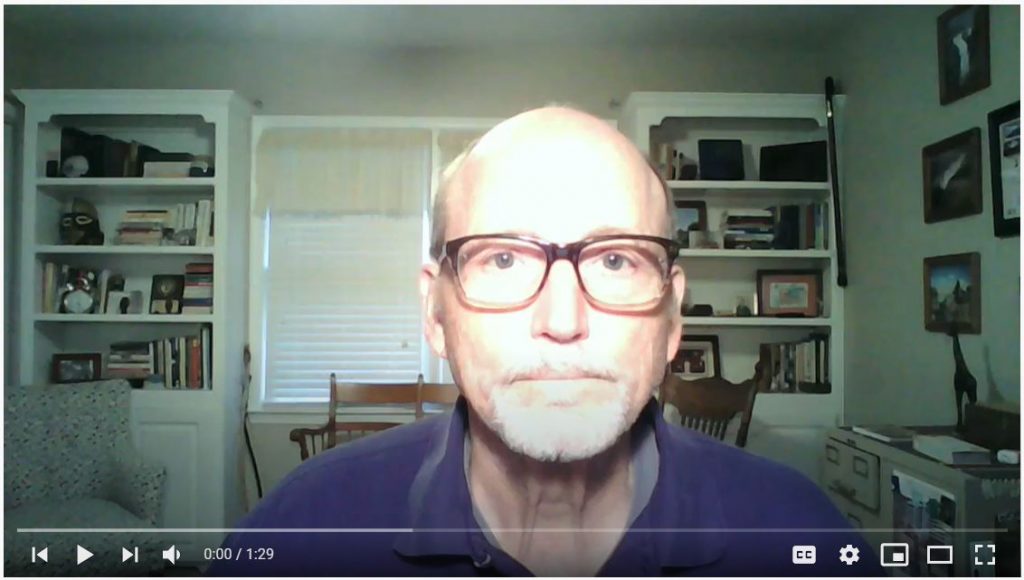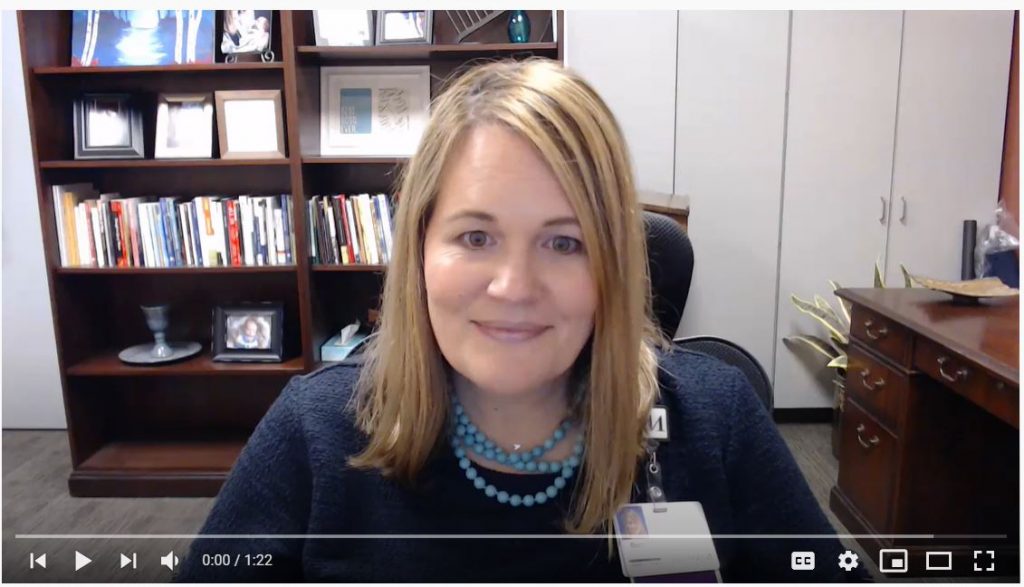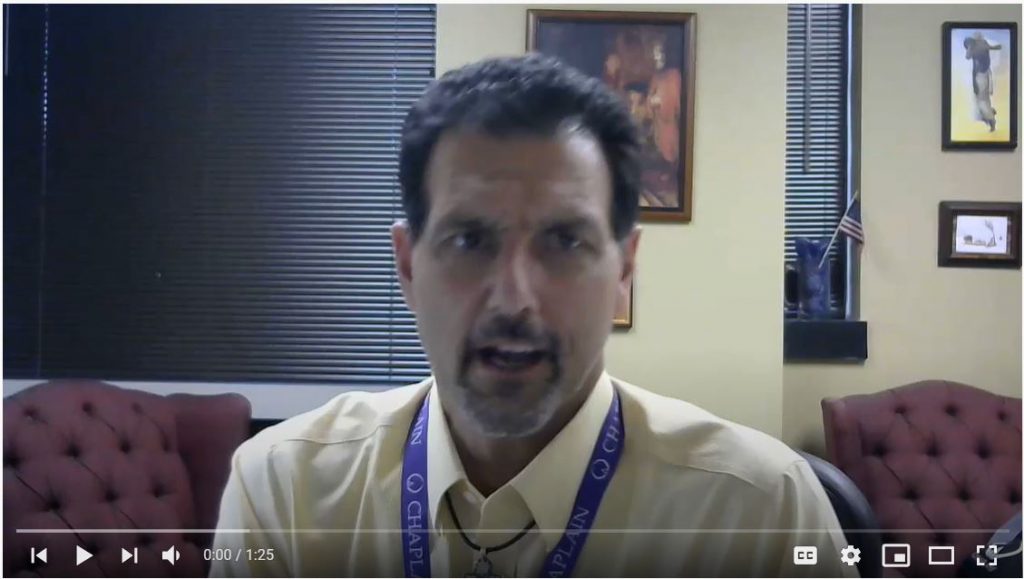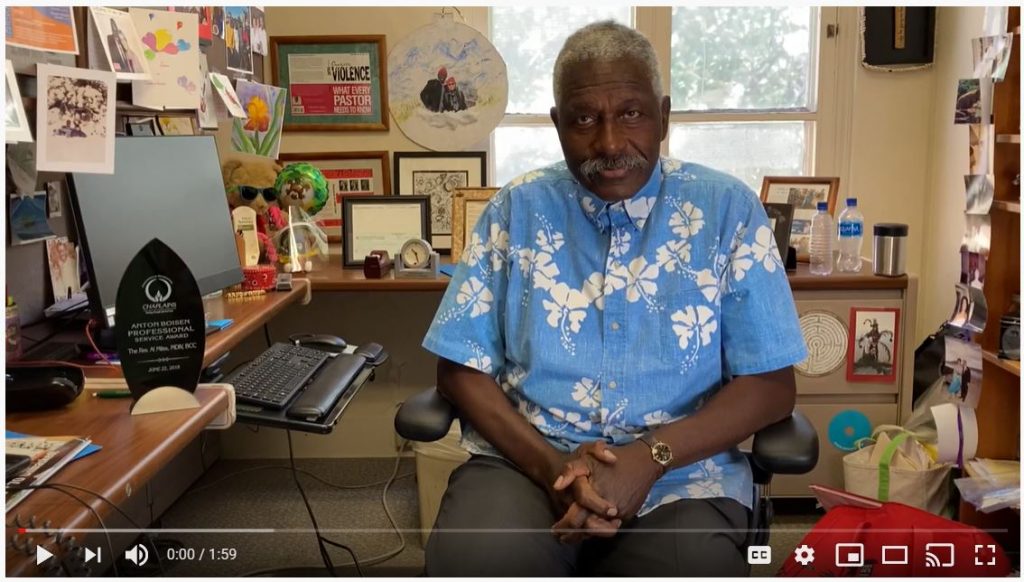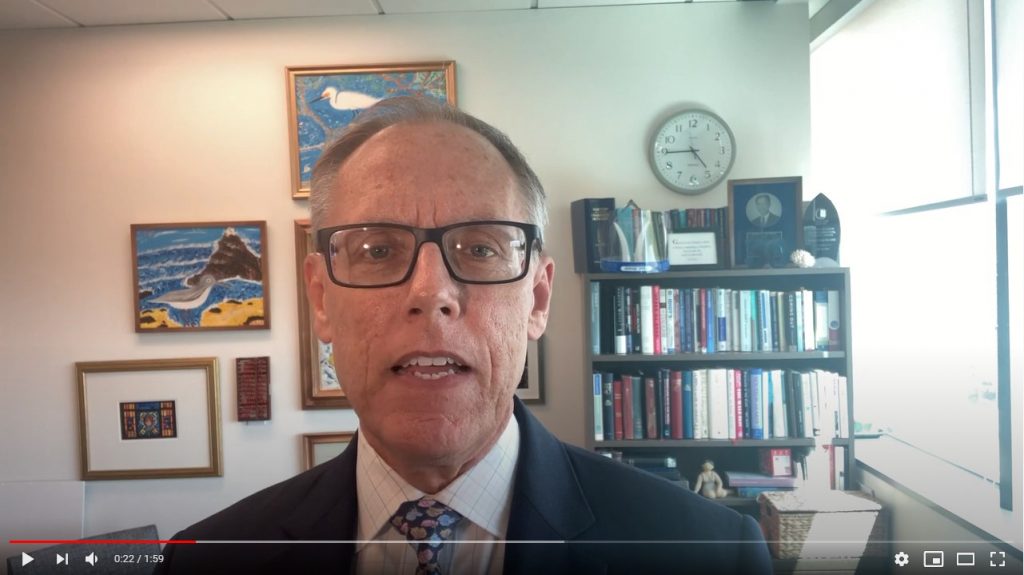
~APC’s Diamond Anniversary~
Celebrating 75 Years
Anniversary Video Messages
Reflections from Past-Presidents
APC Celebrating 75 Years…
By Sarah Byrne-Martelli DMin BCC
2021 marks the 75th Anniversary of the Association of Professional Chaplains. APC will be sharing reflections, testimonials, and historical facts related to APC throughout the year, but we would like to start this anniversary with the following reflection. Traditionally, the 75th is the Diamond Anniversary. We offer an image of the APC as a multifaceted diamond, luminous and strong, refracting the light that it catches with clarity and brilliance.
- The more facets a diamond has, the more light is reflected.
- We honor and cultivate the many types of diversity within our membership.
- Some facets act as mirrors reflecting their environments.
- We carefully observe and give voice to the joys, losses, challenges, and opportunities around us.
- Other facets catch the light, bending and slowing its speed, releasing that same light back and refracting it into spectral colors.
- We listen to the stories of those in our care and we offer back our unique insight, curiosity, and compassion in full color.
- Diamonds come in all colors of the rainbow.
- We hail from many cultures, languages, and spiritual backgrounds, including over six hundred religious endorsing bodies.
- The diamond is more than a billion years old.
- We take part in an age-old practice of compassion, wisdom, collaboration, and caring for those who are suffering.
- Diamonds develop their clarity, durability, and beauty under extreme pressure.
- Through training, education, and collaboration, we develop resilience and insight even under pressure, while remaining grounded in our spiritual traditions.
May this 75th year be a time to reflect on the many ways that APC Chaplains may reflect light, hope, and commitment to the communities we serve!
Anniversary Video Messages
Please enjoy some recorded remarks by some of APC’s past and present leaders as they wish the organization a happy 75th Anniversary.

Margie Bowers Atkinson
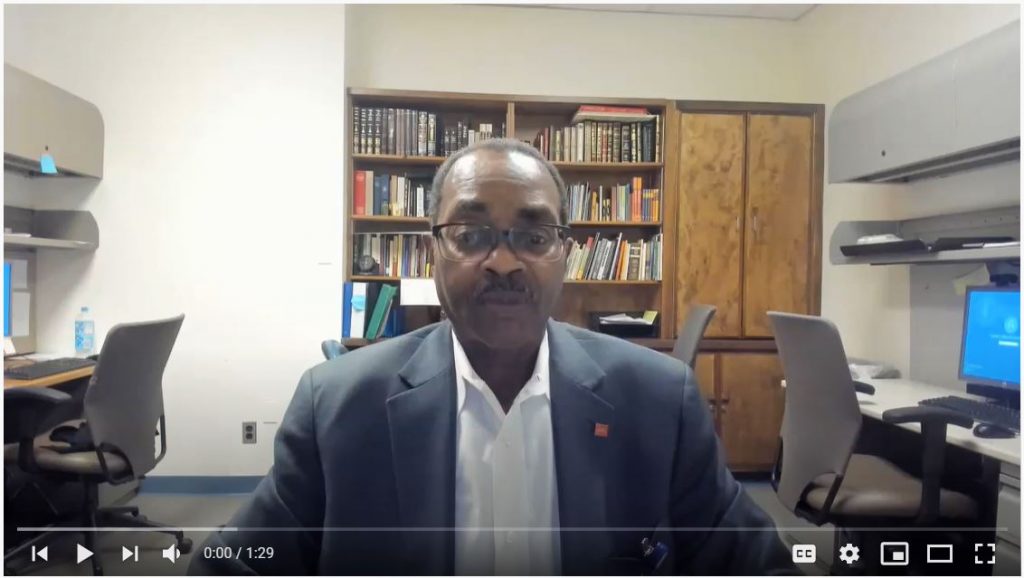
Yusuf Hasan
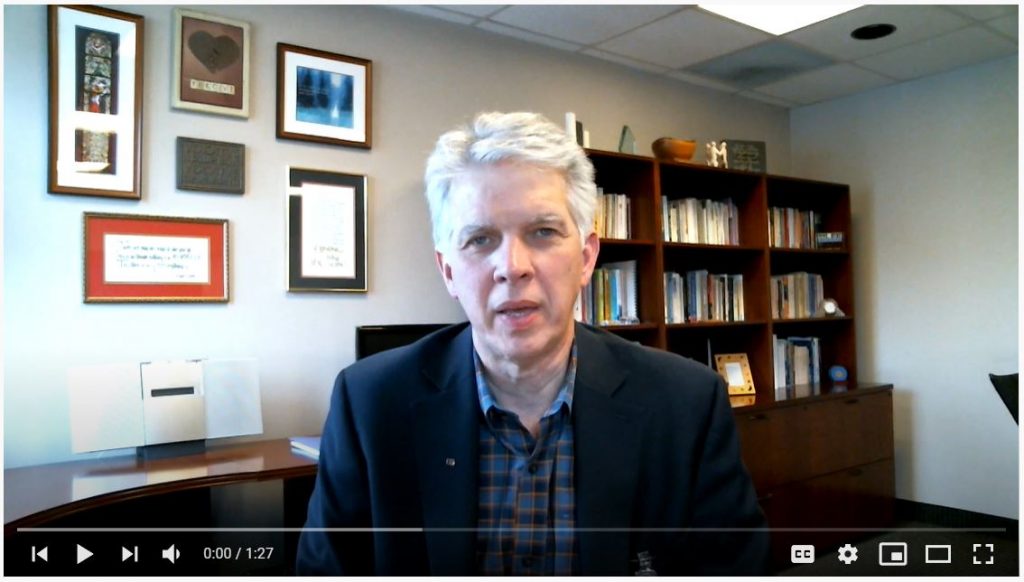
Ronald Oliver
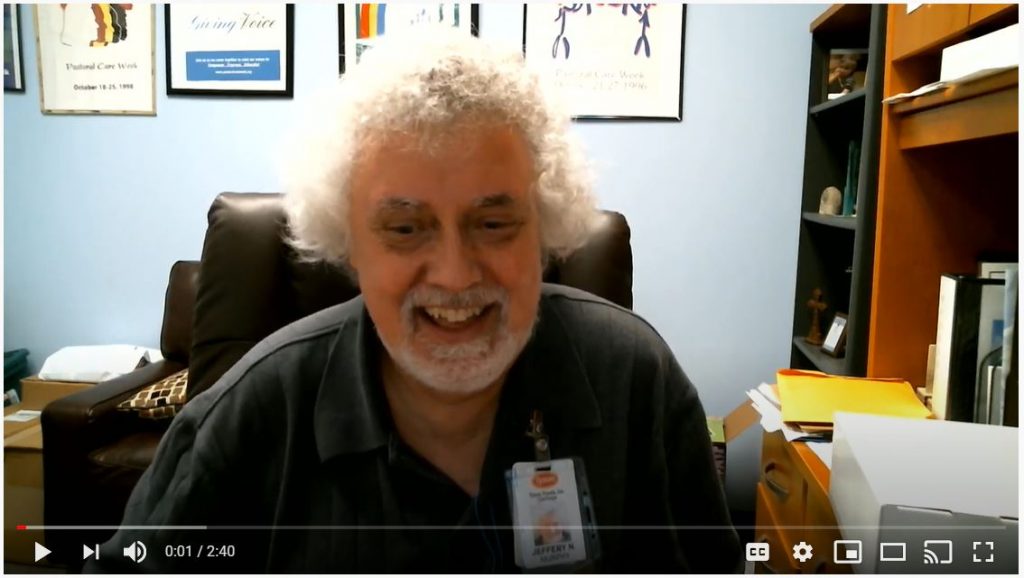
Jeffery Murphy

Rev Terry Culbertson
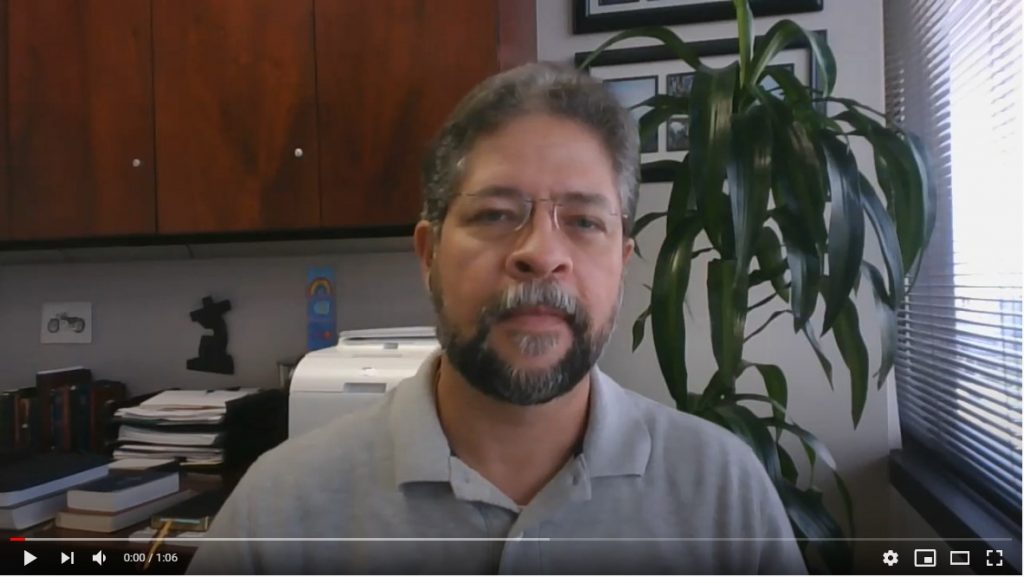
Reflections from APC Past-Presidents
Leicester Potter, APHC President, 1948-49 (From “Glimpses of the Past,” Video produced by John Thomas for the College of Chaplains’ 50th Anniversary.)
John Billinsky and I came up together in chaplaincy. Administrators couldn’t wait to have trained chaplains. We traveled all over the country—as lobbyists, I suppose, on chaplaincy work. In my presidential address that year I said we should urge the A.P.H.A. to regulate the training centers, which did the training of theological students. The APHA Board bought this idea, suggested that a committee be formed and that the recommendations be ready the next morning. We worked hard that evening until 3 a.m. We worked hard writing what a training center needed to do to be accredited, about verbatims, what literature should be available. We got a secretary from the hotel. We presented it to the Board the next morning and we were pleased that they adopted our entire report.
Richard J. Lehman: AMHC President, 1958-59
During my presidency of the Association of Mental Hospital Chaplains, I was gratified that several things of lasting significance were begun. The innovation that gave me the greatest pleasure was the inauguration of the Anton T. Boisen Award. In 1958, we recognized only Boisen himself and presented him a handsome and suitably inscribed clock. Upon his retirement he placed that clock in the Boisen room of the Chicago Theological Seminary library, where it still is. In 1959, we followed through and gave the first Anton T. Boisen Award to the Rev. Thomas Klink, chaplain at the Menninger Foundation. In subsequent years, the plague that went with this award was presented to dozens of worthy clergy, until the pattern was altered when we merged with the College of Chaplains to form the Association of Professional Chaplains. I am pleased that even with this alteration, there is a strong emphasis on honoring Boisen for his enormous contributions to chaplaincy and pastoral care. I know of no recipient of this award over the years, who did not feel highly honored to be recognized as such, myself included.
Another accomplishment that has stood the test of time is the AMHC seal, designed by Donald G. Cox, which was adapted during my presidency. I would be pleased if the very appropriate symbols on the seal could be built into a similar seal for the Association of Professional Chaplains.
Another accomplishment that I have been pleased to see making its continued impact on our organization are the two Handbooks that I edited, one during and one after my presidency. These handbooks helped to preserve the fine legacy and rich heritage of the chaplaincy. They involved a lot of work, but the results proved to be worth it.
Myron Madden: College of Chaplains’ President, 1966-67
I was at the beginning of my period of service when the Chaplains Association came up with no paid staff member to handle that office. So I will declare that, only by accident, did I do the biggest thing of my time of serving the Association.
At that time John Eller was president of APHA. The Chaplains Association was highly dependent on APHA for their support and sustenance. John Eller turned to me to find someone to fill the staff need. I didn’t have any idea of where to look. He kept calling and writing and beseeching me to help fill that vacancy. Charles Phillips was finishing his residency in CPE, and Charles needed a position. But Charles had never heard of APHA and the Chaplains Association. His only experience in ministry before coming into CPE training was pastor of a county seat town in Mississippi. In addition, it had taken Charles six months of wrestling about whether to enter our CPE program in the first place.
With great faith and much concern, I turned to Charles since I had no other course to take. Not only was the job there, but it also had to be filled without delay. No time to ponder, pray or prepare. After a couple of days Charles was on a plane to Chicago for an interview with John Eller. Those of you who lived through that time will need no further word about the life and influence of Charles Phillips on the College of Chaplains. [Ed.: Phillips served many years both as the Executive of the College of Chaplains and as the President of APHA. ML-P]
William F. Adix, 1968-69;
The 1960’s were exciting times in my first decade as a hospital chaplain after receiving certification in November 1961. Changes were underway as the American Protestant Hospital Association House of Delegates adopted revised Constitution and By-Laws in 1968 permitting membership in the Chaplains’ Division by chaplains from all types of settings.
Professional development and growth were priorities for my term. The College of Chaplains became our official name and we entered the 1970’s with a new structure, a full-time Director of Chaplaincy, and a rapidly expanding membership. A national mailing list of 1100 contacts was developed enabling distribution of College of Chaplains publications to promote our new organization and invite membership.
Professional growth was evident as chaplains offered an increased number of workshops in the 1968 chaplaincy convention in Cleveland. First time publication of convention reports enabled distribution of 1200 copies of “Meeting the Challenge of the Seventies” to all members and potential members.
Certification process changes were additional signs of professional growth. Candidates were required to write essays describing their professional preparedness, and fulfill a new requirement by meeting personally with a local certification committee. A new certificate, recognizing the recipient as a “Certified Chaplain and Fellow of the College of Chaplains,” was awarded for the first time in the 1969 annual convention in New Orleans.
I treasure many memories of this 1969 Convention, which completed my term as president. It was a privilege to be the 22nd president of our chaplaincy organization and the first west coast chaplain elected to the office.
John Thomas: AMHC President, 1968-69
I am most proud of the part that I played in developing an Interfaith Standards and Certification Committee. As president I encouraged and pushed for an inter-faith certification committee. We revised the Constitution and Bylaws, so that concerning the Standards and Certification Committee they read as follows: “This committee shall consist of nine members which equal representation of the three major faith groups (Catholic, Jewish and Protestant), and the AMHC President serving as an ex-officio member. They shall serve a term of three years with not less than three new members, one each of the three major faith groups, being elected each year. Each region shall have a subcommittee of three with equal representation of the three major faith groups, when possible, and the Regional Representative serving as ex-officio member.”
The above was put into practice and the first Certificates were issued in 1970. Mine was issued on May 11, 1970 and was signed by President Thomas Forker (Roman Catholic), Robert Otto, Secretary, and John I Smith, Chair, Committee on Certification and Standards.
Julian Byrd: College of Chaplains’ President, 1974-75
I have been privileged to serve as President of the COC at two different times: in 1974-75 and again in 1987-89. I cannot write about my first term without recalling the invitation to give the address to honor Carl Nighswonger at the March 1973 meeting in Atlanta. Carl died suddenly during his presidency in the spring of 1972 and Arne Jessen, who succeeded Carl, invited me to speak. Carl was my closest friend. He was a dynamic leader and charismatic personality. Carl’s contributions were many, including his pioneering work with Dr. Elizabeth Kubler-Ross in the field of death and dying. But his time as president was fortuitous, even though cut short by his untimely death. Based at the University of Chicago, he had interacted with the leadership of the APHA and was helpful in getting Charles Phillips on board. Charles brought to the APHA staff an appreciation for chaplaincy because of his training as a chaplain with Myron Madden in New Orleans.
During Arne’s presidency a group of us were invited to Ken Reed’s lakeside home in Bloomington, IN for a retreat to plan for the further development of the COC. A focus issue was the felt need for more staff leadership to work with the elected representatives of the COC in planning and developing programs. While things were accomplished from this retreat, it provided a glimpse into the dynamic tension that existed between APHA and COC. That tension continued throughout the next several years until the leadership of the COC declared independence.
While I was president in 1974-75 I believed there were advantages to being a part of APHA. The ability to dialogue with hospital executives who served on the APHA Board, and the participation in the Washington Forum where conversations with Congressional leadership about the contributions of church-related hospitals and the issues facing health care, were reasons for continuing the relationship. On the other hand, our organization was growing well beyond Protestant clergy, and the need to assume responsibility for our future and claim our autonomy was also paramount.
Another development in health care during those years was in the arena of ethical decision making. Advances in medicine and medical technology were so rapid that they outstripped the moral and ethical guidelines in practice in many institutions. The case of Karen Ann Quinlan was highlighted in the press and media, but there were many other issues around the beginning (Baby Doe regulations) and endings of life. In my presidential address I spoke to the opportunities and responsibilities for chaplains to be facilitators/enablers of the development of bio-ethics committees in hospitals.
Clark S. Aist, Ph.D.: AMHC President, 1978-1980
I assumed the Presidency of AMHC in mid-1978, having already served for two years as president–elect. It was a period when AMHC was in an expansive frame of mind. A new Executive Director, George Doebler, had been appointed in 1976, and a new wave of young dynamic members brought forth both high expectations and innovative ideas. It was also an era of increased inter-organizational collaboration to strengthen pastoral care and counseling professionals in relation to dramatic changes occurring in the fields of health and mental health. I consider “expansion” and increased “inter-organizational collaboration” to be the leitmotifs of my presidency. These themes were expressed in at least five ways:
- Growing the membership of AMHC received sustained, intentional effort. A new domain of constituency, congregational-based clergy offering parish-based mental health programs, was added to the established membership base of mental hospital chaplains and clergy serving in community mental health centers. A new multicolored, tri-fold recruitment brochure was developed and distributed to a large pool of potential members. In May of 1979, some 74 new members had been added during the previous 12 months, which increased total membership over 15 %.
- During 1979, the inter-organizational Council of Ministries in Specialized Settings was inaugurated, and AMHC was the first organization to join and approve its By-Laws. Collective efforts during this two-year period included: (a) presentation of a position paper before the President’s Commission on Mental Health under Jimmy Carter, and (b) initiation of a three-year effort to revise the Fellowship Hymnal, a specialized liturgical resource widely used in hospitals across the country (completed in 1982).
- To promote the utilization of mental health clergy in psychiatric facilities nation-wide, AMHC developed and promulgated for the first time Standards for Pastoral Services in Psychiatric Facilities. The standards delineated the rationale for pastoral services, primary functions of mental health clergy, minimum requirements for professional qualification, and an optimum clergy/client ratio of 1 to 50.
- In May of 1979, the then Joint Commission on Accreditation of Hospitals completely omitted its long-standing “standard for pastoral services” in its new Consolidated Standards. JCAH recognition of pastoral services in its Accreditation Manual for Psychiatric Facilities had long been viewed as a major legitimizing endorsement for spiritual care. Their omission was perceived as a major crisis. What followed were several rounds of meetings at JCAH headquarters in Chicago and a full-scale mobilization of the entire religious and pastoral care communities in a letter-writing protest. Although adequate standards were not restored, JCAH received an outpouring of correspondence of “biblical” proportions, by far the largest ever on any issue. It was the clinical pastoral field’s largest collaborative endeavor mounted to date.
- Perhaps the most enduring contribution of my presidency was the development of an award in the field of religion and psychiatry that became known as the Oskar Pfister Award. The idea was born out of a need to expand the influence and liaison relations between the tiny AMHC and the gigantic American Psychiatric Association (APA). Although we lacked size and funds, we had strength in our “power to bless,” a concept developed by pastoral leader, The Rev. Myron Madden. The original intention was to establish within AMHC an annual award for a psychiatrist who had shown distinguished leadership in the interface between religion and psychiatry. Such an award was formally adopted by AMHC in May of 1979. Circumstances, however, soon provided a much larger venue for the endeavor. One year earlier, the APA had agreed to restore its Religion and Psychiatry Committee to status as a standing committee, chaired by prominent Washington, D.C. psychiatrist and Catholic priest, Angelo D’Agistino, M.D. But what would be its purposes and primary task? In the fall of 1978, Dr. D’Agistino consulted with the AMHC President and Executive Director. We offered the idea of the annual award as earlier developed by AMHC, but to be conjointly sponsored by the APA and AMHC and administered by the new Religion and Psychiatry Committee. The APA warmly embraced the idea and established the Award named for Freud’s close colleague and long-time correspondent, the Rev. Oskar Pfister. Today the Oskar Pfister Award and Lecture is among the most prestigious occasions of the Annual Meetings of the APA. (Ed. A list of recipients is found in Appendix B. ML-P.)
Victoria Cowell: AMHC President, 1988-1990
During my term as President of the Association of Mental Health Clergy (1988-1990), I had the privilege to be a part of creating the early dialogues between the Association of Mental Health Clergy and the College of Chaplains. Those conversations led to the merger of the two organizations into the Association of Professional Chaplains in Portland Oregon in 1998.
Following Dialogue 88 in Minneapolis, there was a spirit of openness to explore closer working relationships among the Pastoral Care Organizations. I was the new President of AMHC, the first woman president of a pastoral care organization, and Arne Jensen was the Executive Director of The College of Chaplains. We recognized an opening. As leaders of pastoral care organizations, Arne and I had been invited to serve on a task force sponsored by the Interreligious Liaison Office of American Association of Retired Persons (AARP) to create pastoral care guidelines for long-term care facilities, which resulted in a booklet published in 1989. In that collaboration, we developed a dynamic working relationship and wanted to do further work together.
In 1990 after completion of the AARP project, Arne invited me to lunch in Baltimore to “dream” about ways AMHC and the College could work together. Like our personal experience on the project with AARP, we believed that the two pastoral care organizations could do more together than apart. We arranged an informal meeting between AMHC and the College leadership at the annual COMISS meeting in December 1990. Many others in AMHC and the College contributed to the on-going dialogue that ultimately brought us to merge as the Association of Professional Chaplains in 1998.
George F. Handzo: 2002-04
The history of professional pastoral care is littered with failed attempts at cooperation and collaboration among the pastoral care and counseling cognate groups. Professional Chaplaincy: Its Role and Importance in Healthcare was a watershed event that proved that joint action in the service of the profession was possible. I was privileged, during my presidency, to be part of two events and two announcements, which have moved the pastoral care movement forward through a level of cooperative action that has often been thought to be impossible. The pictures that come to my mind are bookends but also stand on their own as the most vivid memories of my presidency.
The EPIC conference in Toronto stands on its own as the first major truly joint conference for as many as four groups. It was the first to include a group outside of the US (CAPPE/ACPEP) and a group that was not basically Christian (NAJC). But it was not just a conference. I will always remember being on the stage with the other three presidents as Neil Elford, then president of CAPPE/ACPEP, announced the agreement by the four boards to develop common standards.
